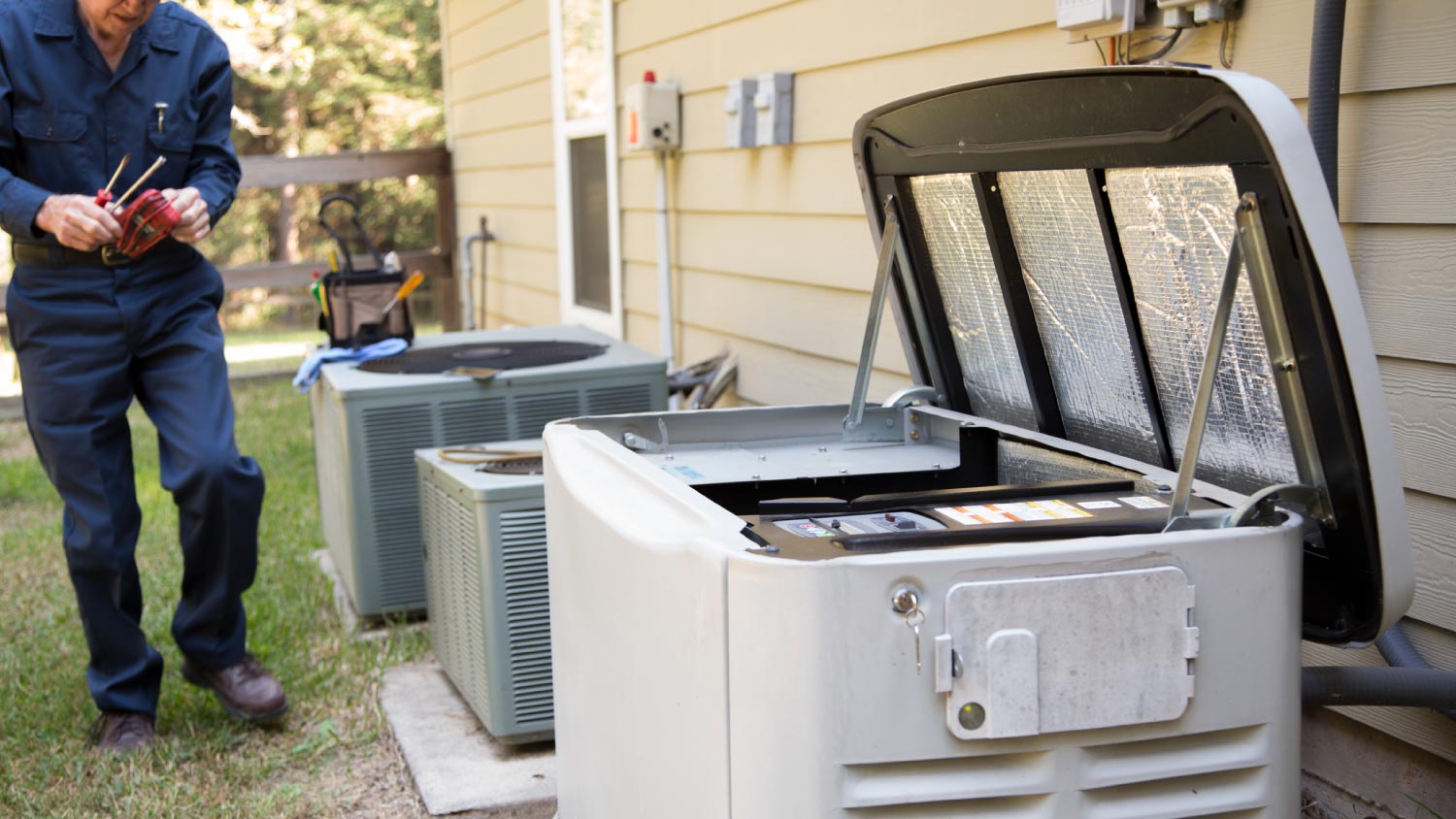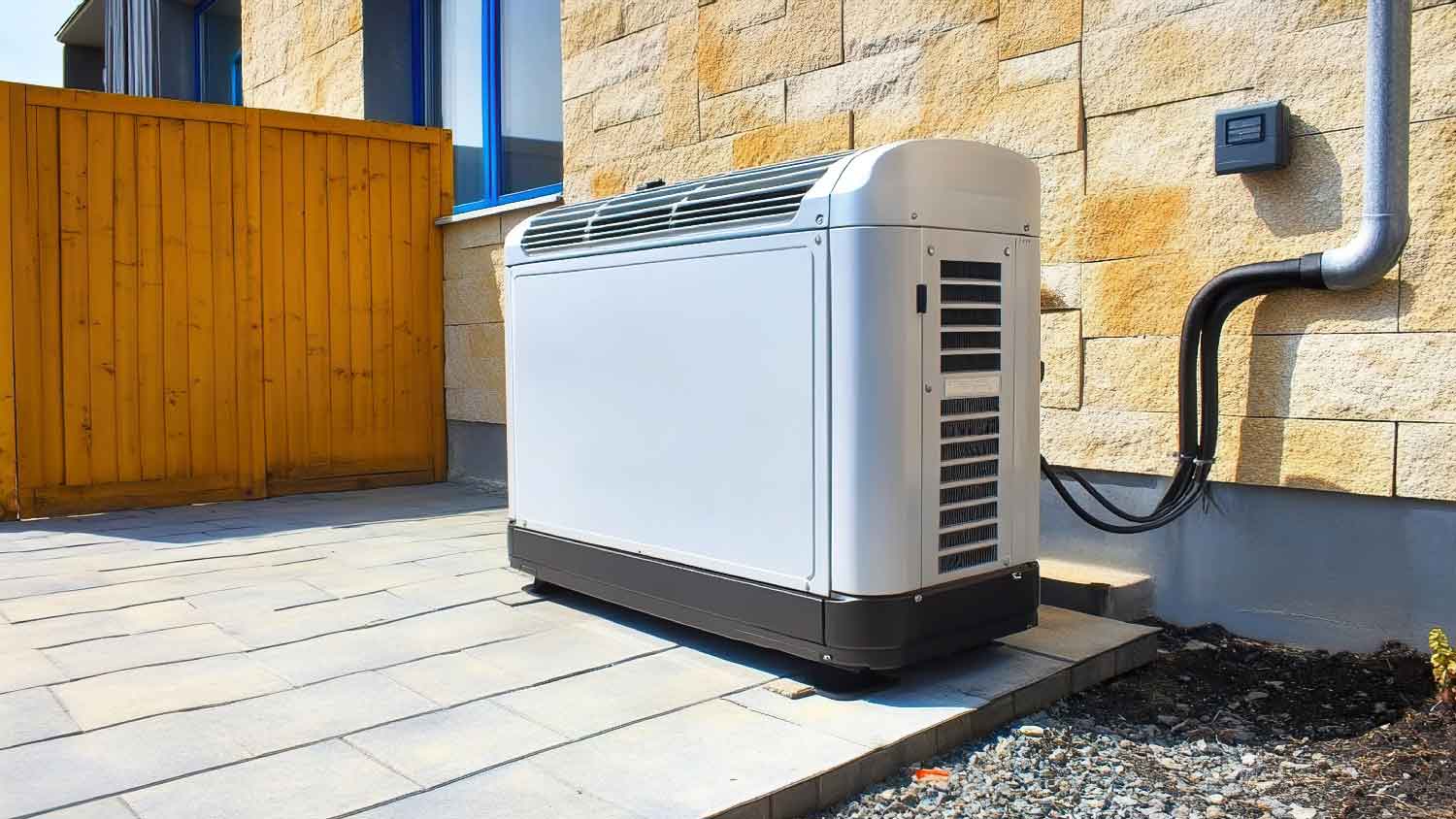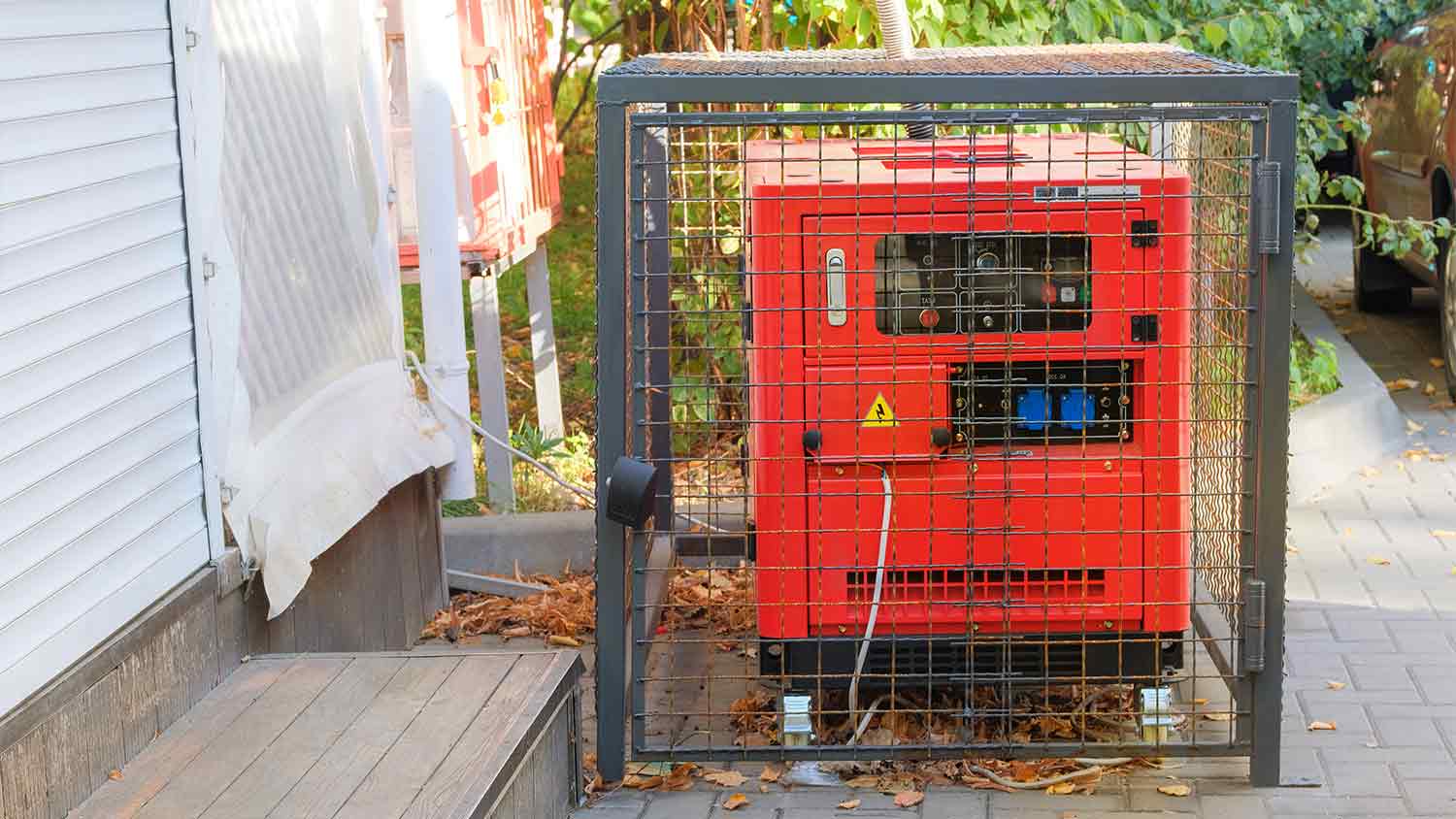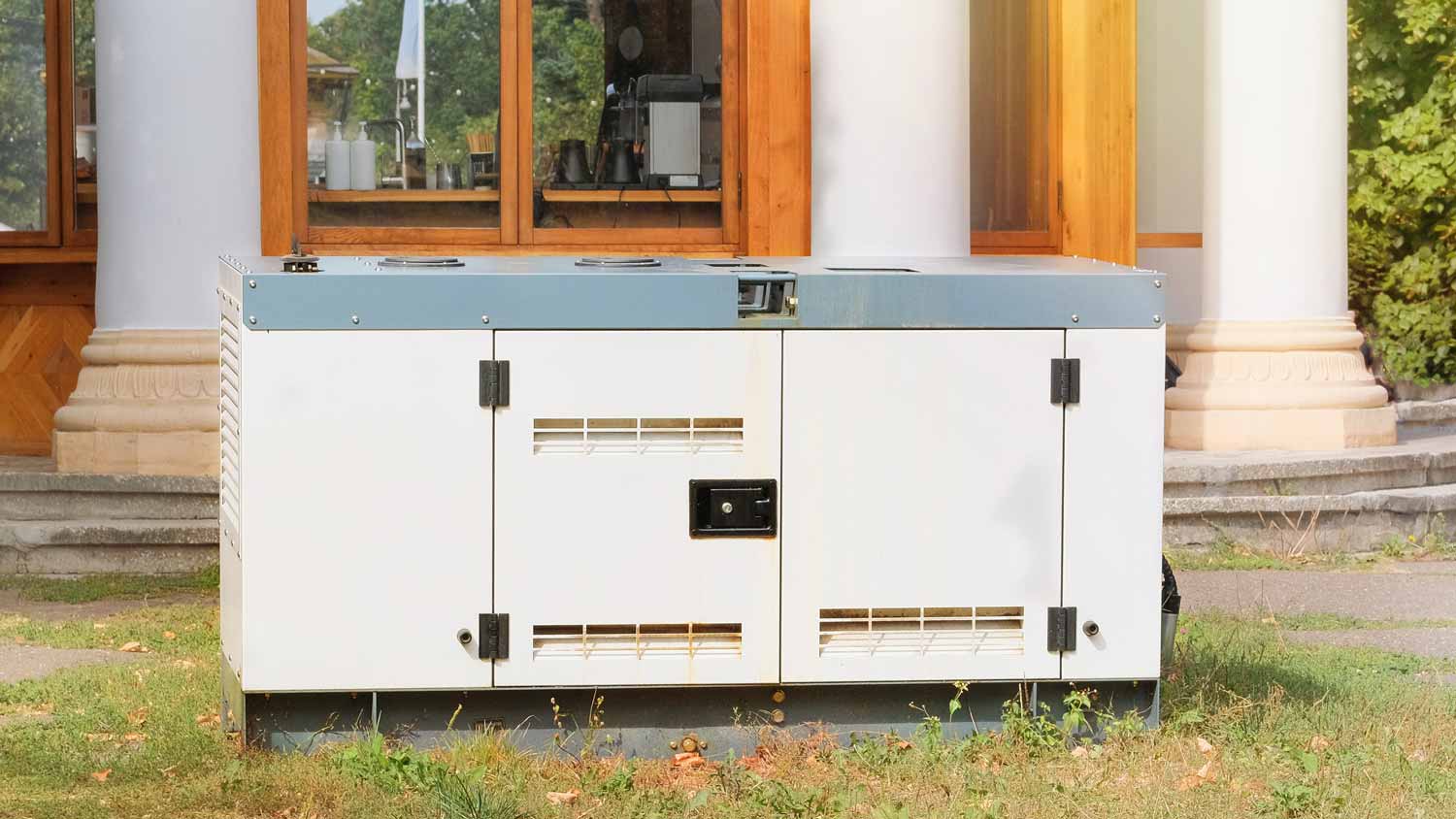Who Installs Generators? A Complete Guide
Don’t debate whether to hire a pro for this task


Having an auxiliary power source ready for when the power goes out can give you ease of mind, but it’s essential to install home generators correctly. So, who installs generators?
Due to the high-risk nature of installing or repairing generators, including the risk of fire and electrical shock, you should hire a professional, licensed generator installer to hook up your backup generator. Let’s dig into why that’s the safest course of action.
For a worry-free power backup, leave generator fixes and installations to generator professionals who have the skills, tools, and knowledge required to handle these complex systems.
Benefits of Hiring a Generator Installer
As with any electrical wiring job, hiring an experienced professional is the safest option. If you want a generator for peace of mind in an emergency, properly installing it will put you at ease.
Professional generator installers have knowledge and expertise of your area’s electrical codes and safety standards, ensuring that the installation process will remain safe for them, your home, and your household members. Generator pros will also ensure there is proper protection for your home’s major systems, including the HVAC system, electric pumps, and on-demand hot water heaters. These considerations are important if you want your auxiliary power system to work seamlessly.
Also, most homeowners insurance policies will require that work is done by a licensed profession to file a future repair claim. The cost to install a generator is well worth it to avoid the safety pitfalls of doing it yourself.
Types of Generators That Need a Pro

Keep in mind that there are a select few types of generators that don’t require professional installation. For example, installing a portable generator or power station can be a DIY solution so long as you don’t need it to power your home. These can be run on extension cords and don’t require expertise to set up.
However, the other standard types of generators require professional installation to ensure it’s placed safely and accurately. That list includes:
Standby generators
Inverter generators
Solar generators
Diesel generators
Gas generators
Can I Hire an Electrician to Install a Generator?

A licensed electrician can also install a generator, but you must ensure that they have the required experience, knowledge, and expertise to do so. If you cannot find a generator installation professional to service your home’s generator, the best next step is to find and hire a qualified electrician to complete the installation.
The cost to hire an electrician is typically $50 to $100 per hour, but you can expect to pay increased rates due to the advanced and time-consuming nature of this type of installation. When looking for a qualified electrician for this task, consult several professionals and ask them about their experience with installing your specific type of generator.
How Do Generator Installers Install a Generator?
For a standby generator, a generator pro will need a well-drained and protected area with a concrete slab prepared for the generator to sit on. An electrical contractor can help you choose a good location with access to your home’s electrical system and fuel for the generator. Once you have a good spot, the generator pro will assemble the components needed to connect the generator to your house. The installation will likely involve shutting off the power to your home for safety. Once the standby generator is hooked up, the pro will perform a test where the power from the grid is turned off intentionally to test the standby generator’s automation.
For a transfer switch, a generator installer will need to install a power inlet on the outside of your home near the electrical box and then connect the receptacle to the switch. The switch is then connected to the main power going into your electrical box so that power can be manually transferred from the local grid to your generator. You can then hook up your generator to the transfer switch by attaching it to the power inlet via a rated cable. Once the generator is plugged in and turned on, you can throw the transfer switch and use the generator to power your house safely.
How Much Does Installing a Generator Cost?
The price of installing a generator depends on the type and size of your generator. You can expect whole-house generators to cost the most, while smaller, less permanent generators, such as inverter generators, cost much less.
| Type of Generator | Installation Cost Range |
|---|---|
| Whole-house generator | $1,540–$8,815 |
| Inverter generator | $400–$2,000 |
| Solar generator | $1,000–$3,000 |
| Gas generator | $500–$3,000 |
| Natural gas generator | $2,200–$25,000 |
DIY vs. Hiring a Pro
If you’re using a portable generator to power small chargers and appliances, you can easily accomplish this installation with some good quality, grounded extension cords. However, for any type of generator intended to power your whole house’s electrical system, you must hire a licensed generator installer for the job.
As mentioned above, an incorrect installation risks electrical fire and shock, negatively affects other appliances on your home’s wiring system, and may void your homeowners insurance coverage in the event of an emergency claim.





- Who Can I Hire to Fix a Generator?
- Can a Generator Get Wet? What You Need to Know
- Whole-House Generator Installation: A Complete Guide
- A Complete Generator Maintenance Checklist
- 15 Generator Uses for Homeowners
- Whole-House Generator Sizing: Everything You Need to Know
- What Size Generator Do I Need? A Guide to Choosing the Right Generator for Your Home
- 8 Types of Generators for Homeowners
- Why Hire an Electrician? Top Reasons to Consider
- 10 Things to Do When the Power Goes Out at Home
















